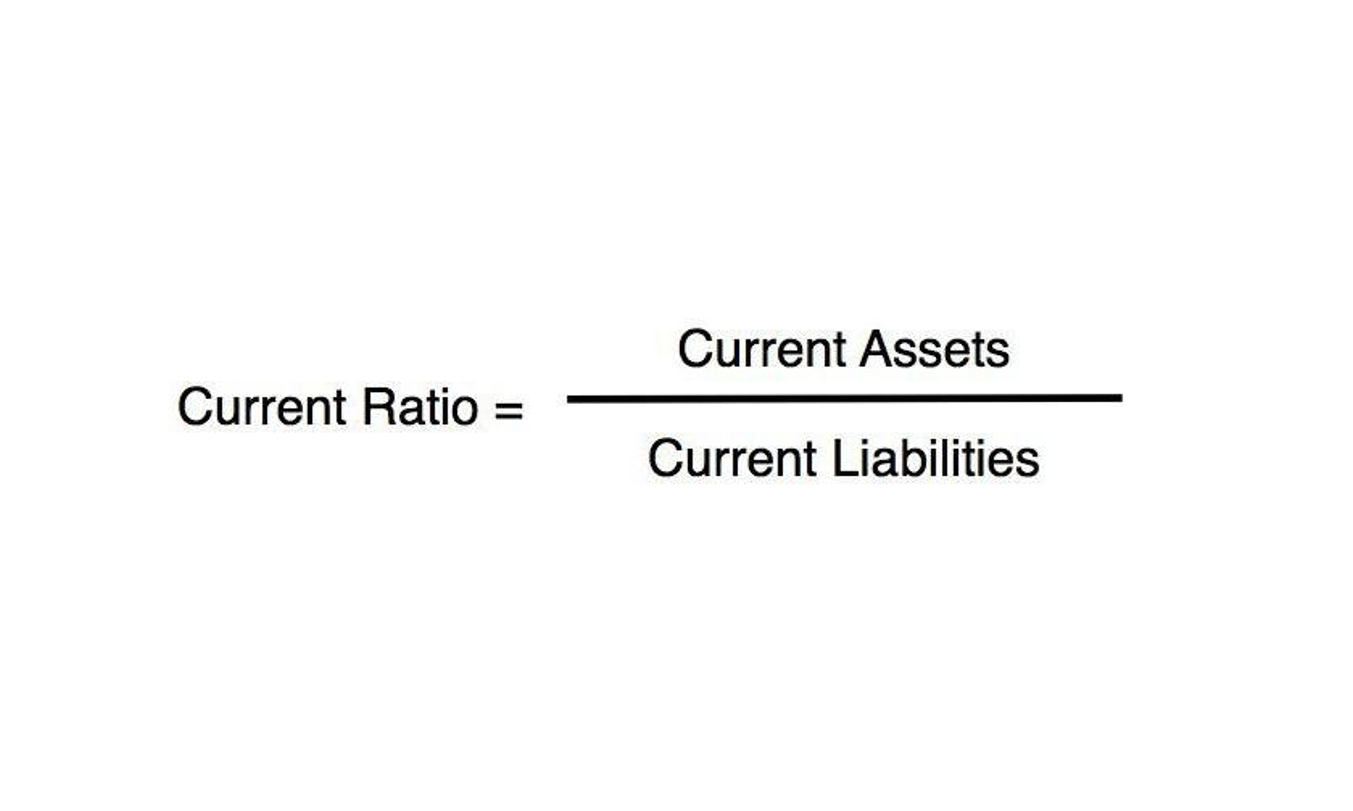Bookkeeping
How To Calculate Predetermined Overhead Rate Business Finance and Accounting Blog

Accurate overhead application supports transparent and compliant financial reporting, which is particularly important for publicly traded companies or those seeking investment. On the other hand, if the business wants to use actual overheads, it has to wait for the end of the month and get invoices in hand. So, it may not be a good idea with perspective to effective business management. The business is labor-intensive, and the total hours for the period are estimated to be 10,000. This complexity is driven by different factors, including but not limited to common activity for multi-products and a greater number of supportive activities for the production.
- The plantwide overhead rate might not help obtain exact figures, but the estimates are efficient enough for better planning.
- The management can estimate its overhead costs to be $7,500 and include them in the total bid price.
- This $4 per DLH rate would then be used to apply overhead to production in the accounting period.
- Again, that means this business will incur $8 of overhead costs for every hour of activity.
- The estimated or budgeted overhead is the amount of overhead determined during the budgeting process and consists of manufacturing costs but, as you have learned, excludes direct materials and direct labor.
Estimated Total Manufacturing Overhead Costs
This aids data-driven decision making around overhead rates even for off-site owners and managers. Built-in analytics help uncover spending trends and quickly flag unusual variances for further investigation. Analyzing overhead rates by department in this manner helps identify problem areas and opportunities to improve profitability. By factoring in overhead costs in this manner, the company arrives at a more accurate COGS. The key is choosing an appropriate cost driver – like machine hours in manufacturing or headcount in Remote Bookkeeping sales – to distribute overhead expenses. (a) We commonly use direct labor hour as the basis when there is a labor intensive environment in a manufacturing company or factory.

Sales Revenue
The key is to select an activity base that directly drives overhead costs for that particular job. It encompasses everything that’s necessary to keep the factory running, but isn’t directly tied to the finished product itself. Indirect costs are the non-traceable expenses that support the manufacturing process. These costs are essential to production normal balance but cannot be directly linked to a specific product or service.
Breaking Down Overhead Costs: Fixed and Variable

One more approach is to calculate the plantwide overhead rate using an alternative approach or direct cost method. To calculate this, we first need to identify the total direct cost of production and the total overhead cost for the specific period. Thus, this total overhead is divided by the total direct cost to ascertain the single plantwide overhead rate. Calculating the predetermined overhead rate is a crucial step in cost accounting, allowing businesses to accurately allocate overhead costs to their products or services. This rate is essential for determining the full cost of production and setting appropriate selling prices.
- For example, the total direct labor hours estimated for the solo product is 350,000 direct labor hours.
- If you’re trying to make an estimate of manufacturing costs, you’re probably wondering how to determine predetermined overhead rate.
- It is calculated at the beginning of an accounting period, based on estimated overhead costs and activity levels.
- This $200 is then added to the direct materials and direct labor costs to determine the total cost of the table.
Using a predetermined overhead rate allows companies to apply manufacturing overhead costs to units produced based on an estimated rate, rather than actual overhead costs. This rate is then used throughout the period and adjusted at year-end if necessary based on actual overhead costs incurred. A predetermined overhead rate (OH) is a critical calculation used by businesses to allocate manufacturing overhead costs to products or services. This rate helps in budgeting, pricing, and financial planning by estimating overhead costs in advance rather than waiting for actual figures. Understanding how to calculate this rate ensures accurate cost estimation, leading to better decision-making and profitability.
Formula of Applied Overhead Calculator
This is calculated at the start of the accounting period and applied to production to facilitate determining a standard cost for a product. As a result, the overhead costs that will be incurred in the actual production process will differ from this estimate. The activity base (also known as the allocation base or activity driver) in the formula for predetermined overhead rate is often direct labor costs, direct labor hours, or machine hours.
Should you have predetermined overhead rates for each department of your business?
Despite having lower total overhead, Department B is less efficient since its overhead rate is higher. Let’s assume a company has overhead expenses that total $20 million for the period. The company has direct labor expenses totaling $5 million for the same period. It would involve calculating a known cost (like Labor cost) and then applying an overhead rate (which was predetermined) to this to project an unknown cost (which is the overhead amount). The formula for calculating Predetermined Overhead Rate is represented as follows. This will, in turn, empower you to make more informed pricing decisions, improve efficiency, and ultimately, boost your bottom line.
- When companies use standard cost accounting, they substitute an estimated cost for an actual cost.
- Predetermined overhead rates are important because they provide a way to allocate overhead costs to products or services.
- A company’s manufacturing overhead costs are all costs other than direct material, direct labor, or selling and administrative costs.
- With $2.00 of overhead per direct hour, the Solo product is estimated to have $700,000 of overhead applied.
- Regularly monitor actual overhead costs and compare them to the budgeted amounts.
- The predetermined overhead rate is, therefore, usually used for contract bidding, product pricing, and allocation of resources within a company, based on each department’s utilization of resources.
- The cost of goods sold consists of direct materials of $3.50 per unit, direct labor of $10 per unit, and manufacturing overhead of $5.00 per unit.

It is important to include indirect costs that are based on this overhead rate in order to price a product or service appropriately. If a company prices its products so low that revenues do not cover its overhead costs, the business will be unprofitable. The Applied Overhead Calculator predetermined overhead rate is a crucial tool in manufacturing and project management that helps businesses allocate overhead costs accurately based on actual activity levels.

ABC identifies the activities that generate overhead costs, then allocates those costs to products or services based on the level of activity consumed. Distribute overhead costs to different cost centers or activities based on appropriate allocation methods, such as direct labor hours or machine hours. Understanding how to calculate the predetermined overhead rate is vital for effective cost management and resource allocation. By following these steps, businesses can efficiently allocate their manufacturing overhead to individual products or projects and make more informed management decisions. Overhead costs are then allocated to production according to the use of that activity, such as the number of machine setups needed.
